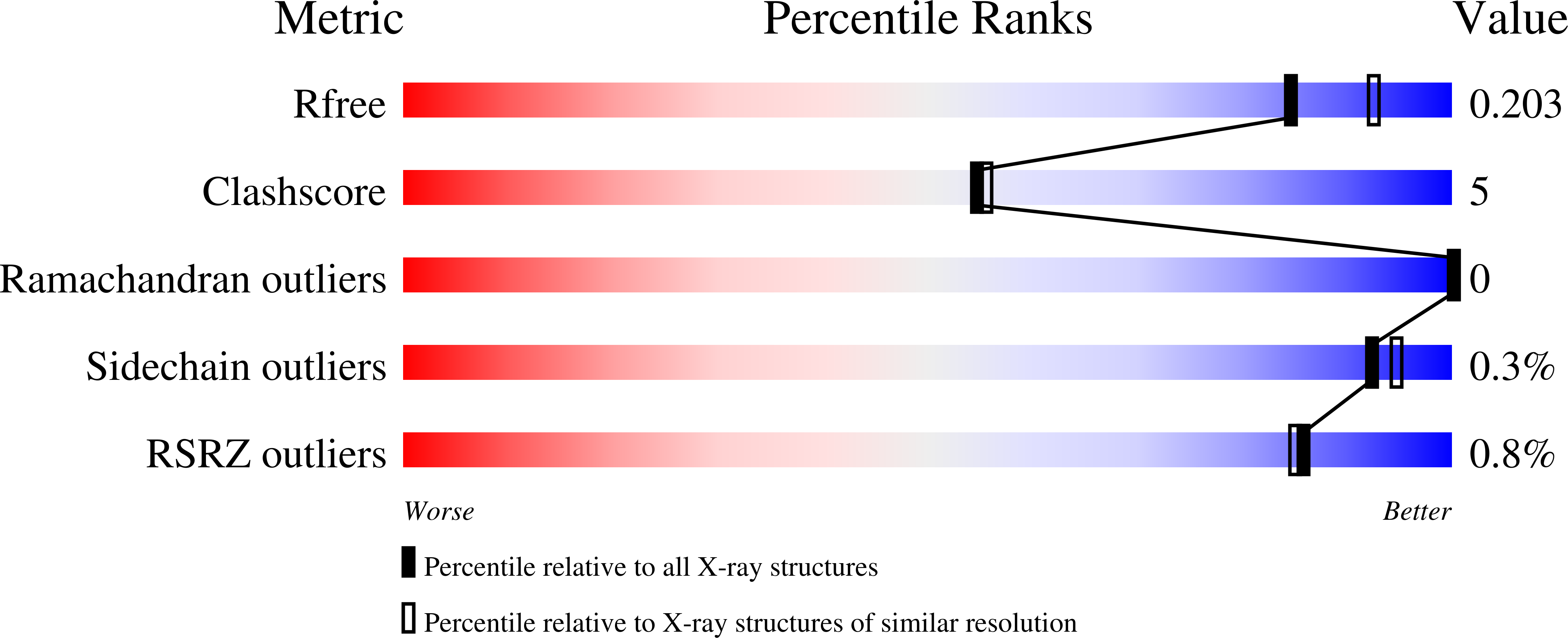
Deposition Date
2022-02-16
Release Date
2023-03-15
Last Version Date
2023-10-25
Entry Detail
PDB ID:
7TZY
Keywords:
Title:
The crystal structure of WT CYP199A4 bound to 4-(2-bromoethyl)benzoic acid
Biological Source:
Source Organism:
Rhodopseudomonas palustris (Taxon ID: 316058)
Host Organism:
Method Details:
Experimental Method:
Resolution:
1.99 Å
R-Value Free:
0.20
R-Value Work:
0.16
R-Value Observed:
0.16
Space Group:
P 1 21 1


